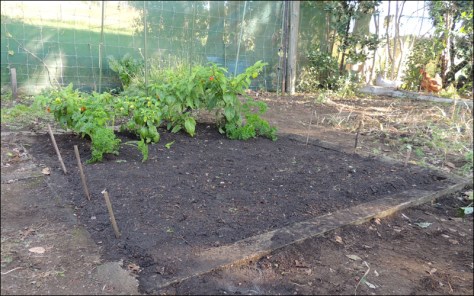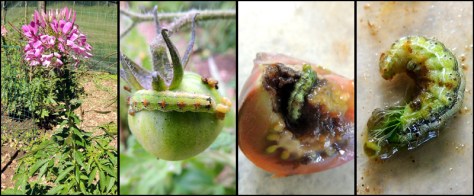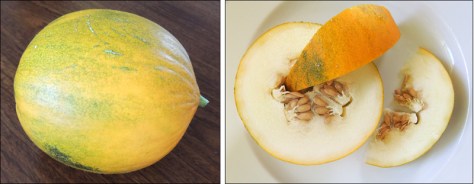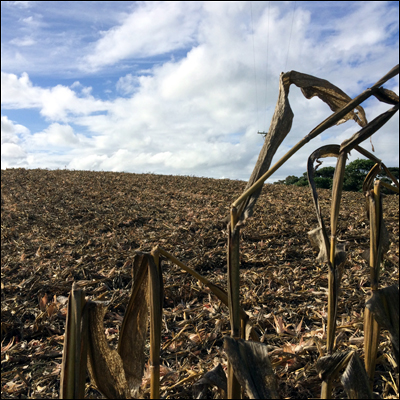Monday of Anzac Weekend is drawing to a close. A three-day weekend, based around April 25th, Anzac commemorates the New Zealand and Australian forces ‘who served and died in all wars, conflicts, and peacekeeping operations’. The first Anzac Day commemorated the Aussies and Kiwis who served in the Gallipoli Campaign in World War I.
The weather has been the best kind of Autumn weather – sunny and calm – the perfect weather for garden and hive work. Because I was away from home for such a long time last year, our vegetable garden has fallen into an abysmal state. Weeds, weeds and more weeds. I was beginning to despair about what to do, where to start.

Vegetable garden
Last Wednesday I heard a very informative and interesting podcast on RNZ, “The Abundant Garden, Niva and Yotam Kay“, which inspired us to purchase a large piece of weed mat, the aim being to suppress and kill the weeds on a designated section of our vegetable garden. If we leave this in place for an appropriate period of time, all the nasty weeds underneath should, in theory, have died. Goodbye to Convolvulus arvensis and Kikuyu grass, as well as to a myriad of annual weeds.

It’ll be interesting to see what’s underneath (hopefully nothing) when we lift the mat in a few weeks. For now it’s an instant tidy-up of a large section of the garden. I like it very much!

I also had to dig up some Ginger rhizomes. I planted these a couple of years ago, maybe more, and have done nothing more than weed around them, and apply the occasional bucket of compost. Recently, I researched on what you’re supposed to do with these plants and discovered that I should lift them, clean them up, keep some for using in the kitchen, and hold some of the new rhizomes back to plant for the next season. Because they’ve been almost completely neglected, the rhizomes are very small, but I feel optimistic that i can do better next season.

The other minor task I achieved was to clear a small bed and sow three rows of seeds. This patch was a jungle of weeds, mostly Fumitory, Oxalis and Fat Hen. Buried beneath were some sad-looking dwarf butter beans with dried pods. The soil was in really good nick – evidence of the amount of compost we’d applied back when the beans were producing. I cleared it all and sowed slow-bolting Coriander, Golden Turnip and Carrots. I’d had the seeds sitting around since last season so will be curious to see if they’re still viable.

Habanero chili
Thank goodness we planted a few Habanero plants in Spring!

April seems to be the most favourable month in South Head/Te Korowai o Te Tonga for harvesting chili. Habanero are our all-time favourite peppers; they are satisfyingly hot, but also have a delicate, floral flavour. Each year I grow as many as I can and either dry them for adding to just about every dish (even my lunch-time rolled oats), or freeze to make Bob’s Habanero Hot Sauce, a recipe I discovered a few years ago, and a family favourite.

Last Winter we ran out of dried chili and it was a very sorry state of affairs. Nothing I can buy from a store is even remotely as good as our own dried chili powder.
Honey bees

As well as garden work, I needed to check our three beehives for American foulbrood disease (AFB), prior to Winter. This is a regular task for which I have undergone training and refresher courses.
The complete eradication of AFB is the aim of the NZ honey industry. Fortunately our hives are clean, but if I’d found AFB in any of them – even in just one frame of one hive, I’d have been legally required to destroy all three hives. Every last bit of them. Hives, bees, frames, the lot!

The bees are looking good for heading into Winter, with plentiful supplies of honey and pollen. We even sighted the queen bee in our first hive – a beautiful Italian lady.
Musings
The weekend has ended with some tasks completed but many still written up as ‘To Do’ on our kitchen whiteboard. I do feel satisfied that we’ve completed some of the long-overdue activities, but there are so many more. I often feel that my gardening practices are ‘all over the place’. That I dart from one job to another and never quite complete anything.
I guess the secret is to enjoy the task at hand – the process of preparing the chili, or checking the bee frames, of sifting the soil or picking out the tiny Oxalis bulbs – and not to worry about what I cannot complete on any given day. Tomorrow is a new day. I’ll have plans for what I wish to achieve, but something will come up and I’ll go off on another tangent. But perhaps this is okay.





















































